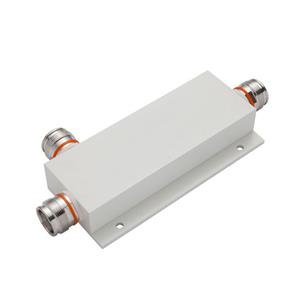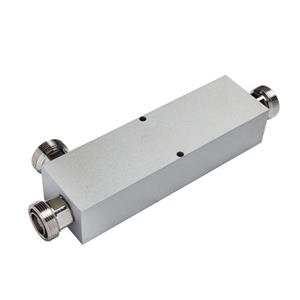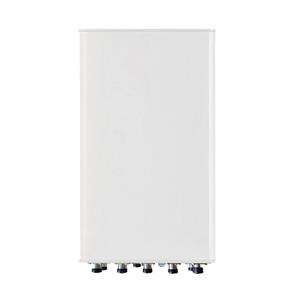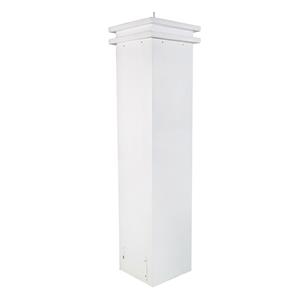Will WiFi6 be replaced by 5G? See what the benefits of WiFi6 are?
In recent years, 5G and WiFi6 have become hot spots in the industry. In recent years, more and more enterprises have participated. Many people set up 5G and WIFI6 as competitors, believing that 5G will eliminate WIFI. In fact, they are a complementary relationship in a large sense.
WiFi6, a naming rule proposed by the WiFi Consortium of Wireless Network Standards, changed 802.11ax to wifi6, which was released in 2019. Now routers on the market are 802.11ac, or Wi-Fi5.
According to the WiFi6 Industry Depth Study Report of 2020 published by the New Size Industry Research Center, WiFi6 has obvious advantages over the Wi-Fi5 of the previous generation 802.11ac:
The biggest advantage is that the transmission speed is greatly increased.The maximum transmission rate of WiFi6 has increased from 3.5 Gbps of the previous generation to 9.6 Gbps, and the theoretical efficiency has increased nearly three times.
Pay more attention to the user experience.Wi-Fi6 focuses more on average throughput in dense user scenarios, applications, user experience, and the wireless ecosystem as a whole.
The application area has been further expanded.Wi-Fi6 supports high-speed concurrency among multiple users and supports Ultra HD video applications in user-intensive scenarios such as homes, stadiums and other public places.Wi-Fi6 optimizes device power consumption and coverage to better support Internet of Things applications such as smart homes and smart cities.
Higher security.Wi-Fi6 devices need to be certified by the WiFi Consortium. They must use the WPA3 security protocol for better security.
Lower energy consumption.Wi-Fi6 introduces TARget, Wake Time (TWT) technology, which allows active planning of communication time between devices and wireless routers, reduces wireless network antenna usage and signal search time, which means reducing power consumption to a certain extent and improving device life.
In recent years, 5G and WiFi6 have become hot spots in the industry. In recent years, more and more enterprises have participated. Many people set up 5G and WIFI6 as competitors, believing that 5G will eliminate WIFI. In fact, they are a complementary relationship in a large sense.
WiFi and cellular networks have long been two masters of mobile devices.Equity: one main room, one main outdoor.For many years, WiFi has been a supplement to cellular network indoor coverage due to its cheaper traffic. It also takes on a lot of data traffic scenarios such as downloading and high definition video.The two masters of cellular networks and WiFi will see a huge upgrade in the next two years.
There are some differences between WiFi6 and 5G, making them complementary rather than completely substituted.
First, the spectrum is different. Mobile networks (3G/4G/5G) depend on the licensed spectrum, which varies from operator to operator. 5G can operate on three different frequencies: the low spectrum (usually less than 1Ghz), the medium spectrum (providing lower delay than the low spectrum and faster coverage, with peak speeds of 1Gbps), and the high frequency spectrum (providing peaks up to 10Gbps).That's ok.The spectrum used by WIFI is dual-frequency 2.4Ghz and 5Ghz, which is an unauthorized spectrum. It should be noted that there is no relationship between the 5Ghz band and 5G in WIFI.
The difference is also reflected in the coverage. Because the transmission power of the router determines the coverage of WIFI, and the transmission power is limited, most single routers can only cover the home.Mobile networks rely on base station transmission, which has much higher transmission power and lower interference than routers, so the coverage is far beyond WIFI.




